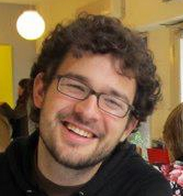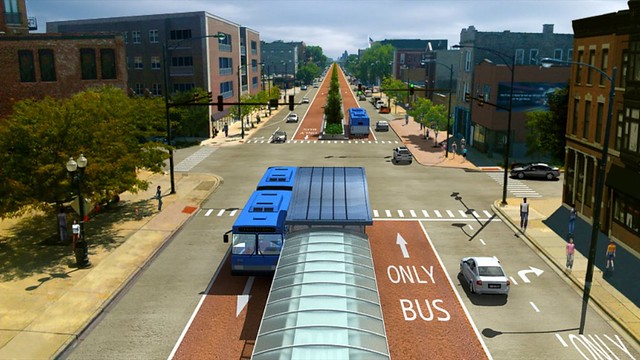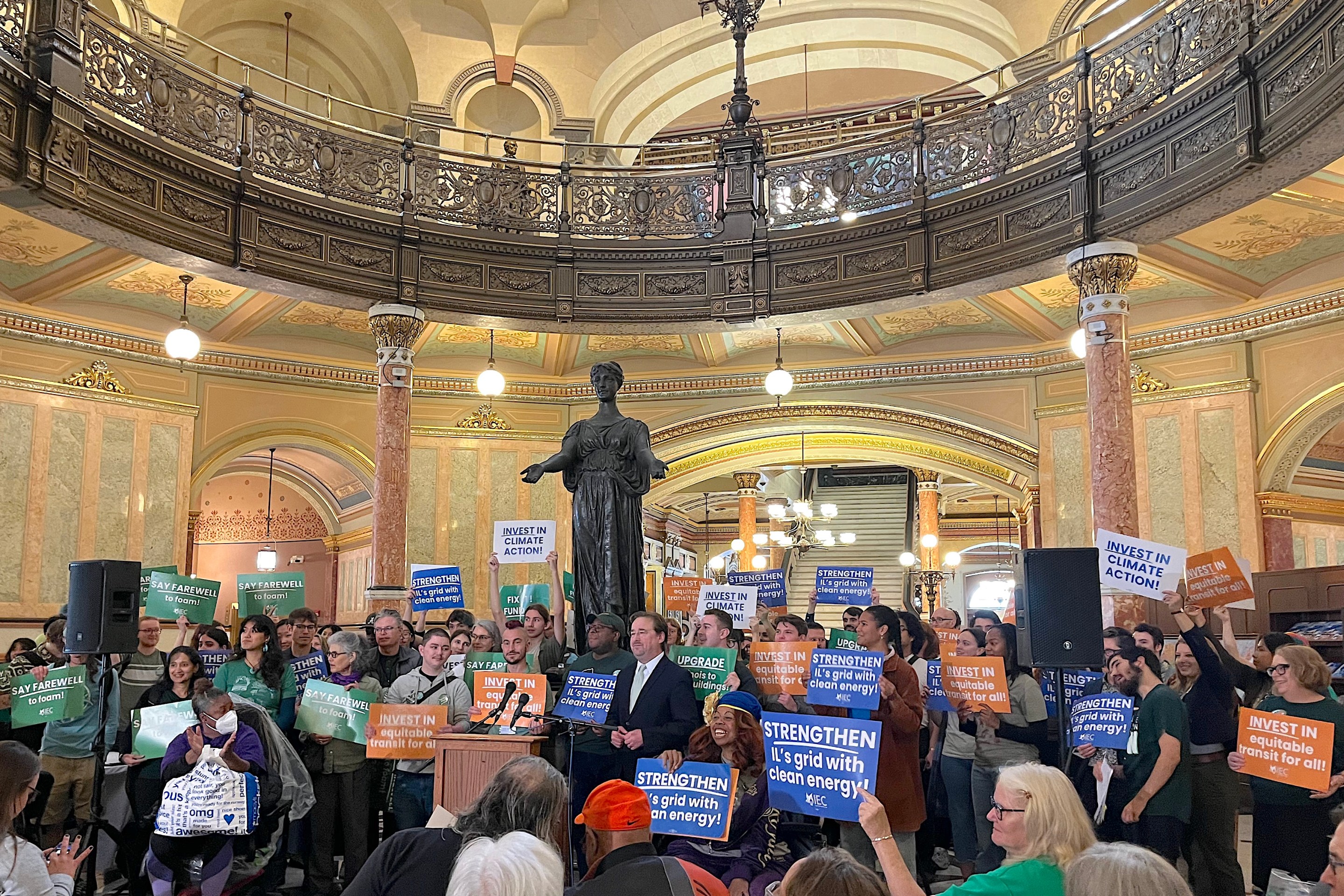A recent Sun-Times piece gave airtime to old-school Chicago Department of Transportation traffic engineer Tom Kaeser, gloomily predicting that the CTA’s Ashland bus rapid transit plan will cause carmageddon. Last week, in the wake of that article, University of Chicago public policy grad student Daniel Hertz cleverly debunked some of the arguments against creating fast, reliable Ashland bus service on his blog City Notes.
The post, titled “Myths about the Ashland BRT project” deconstructs five beefs about the plan Hertz says he’s heard on multiple occasions. One accusation is that the purpose of BRT is to make driving more difficult. He points out that the bus, with 31,000-plus boarding’s per weekday, currently crawls along at an average speed of 8.7 mph, while motorists travel an average of 18.3 mph. If the shoe was on the other foot, drivers would stage a revolt. However, while the street configuration will only slow car traffic by ten percent, to 16.5 mph, bus speeds will increase by 83 percent, to 15.9 mph. That’s not sticking it to motorists, it's leveling the playing field.
Kaeser and others have argued BRT will give a disproportionate amount of space to transit users. However, Hertz notes that after the plan is implemented, drivers will still dominate a majority of the lanes. While BRT buses will occupy the two center travel lanes, and the median stations will replace the current left-turn lanes, cars will still use the other two travel lanes, plus the two parking lanes, roughly 4/7 of the right-of-way. Since one out of four Ashland corridor households doesn’t even own an automobile, and only about half of the work commutes are done by car, that’s a fair proportion.
Hertz goes on to skewer arguments that the BRT project is too expensive (when it's $80 million cheaper than the Red Line's 95th Street station rehab), and that the Ashland-Western Coalition's watered-down Modern Express Bus proposal would be a more sensible alternative. He also debunks the myth that more people can be moved efficiently on Ashland without either reallocating space from cars to transit or demolishing thousands of buildings. If you haven't already, check out his smart, pithy post.







